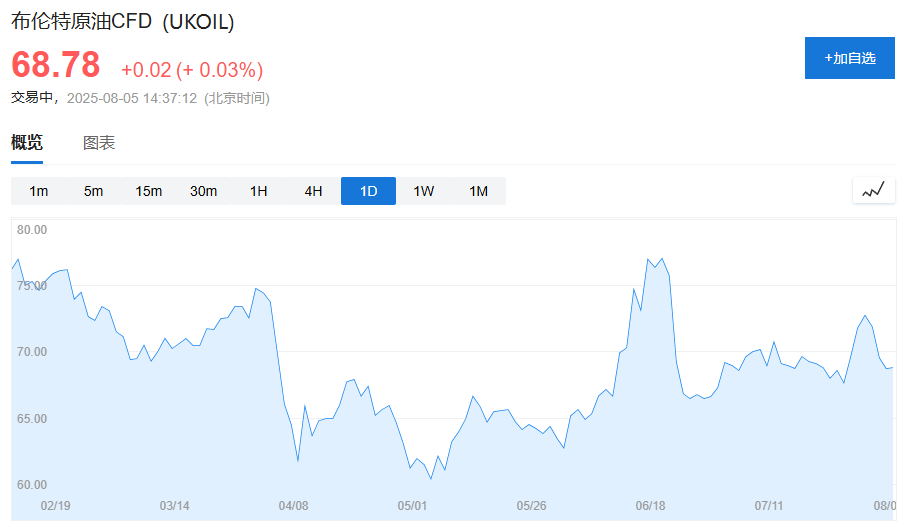Oil Price Drop Offsets Output Increase, Saudi Aramco Profit Falls for 10th Consecutive Quarter
Hit by weak oil prices, oil giant Saudi Aramco has seen its profits decline for ten consecutive quarters.
The financial report released on Tuesday shows that Saudi Aramco's revenue for the second quarter reached 378.83 billion riyals, but several key indicators performed weakly.
Net profit fell by 19% year-on-year to 85.63 billion riyals, marking the tenth consecutive quarterly decline, and was below analysts' expectations of 89.34 billion riyals.Operating profit of 167.09 billion riyals also fell short of the expected 180.4 billion riyals. In contrast, American oil companies such as ExxonMobil and Chevron exceeded analysts' expectations in the second quarter.
Saudi Aramco's free cash flow fell to $15.23 billion in the second quarter, down 20% year-on-year, once again failing to cover its dividend payments.The company's net debt increased from $24.7 billion at the end of the first quarter to $30.8 billion, and the debt ratio rose from 5.3% to 6.5%.
Oil prices are weakening, reducing the Saudi government's revenue, while Crown Prince Mohammed bin Salman is pushing forward with an ambitious economic transformation plan. Brent crude is currently trading below $70 per barrel, which is well below the level of over $90 that the International Monetary Fund considers necessary for the Saudi government to balance its budget.

However, the second quarter earnings per share were 0.75 riyals, significantly exceeding the expected 0.36 riyals. The company's total dividends for this quarter amounted to 21.36 billion USD, roughly flat compared to the first quarter level, but significantly down from 31 billion USD in the same period last year. This decrease was mainly due to Aramco's decision to substantially reduce the performance-linked portion of the dividends.
Cash flow pressure raises debt levels.
The continuous pressure on free cash flow has become the core challenge faced by Saudi Aramco.The free cash flow of $15.23 billion is insufficient to cover dividend payments, forcing the company to continue borrowing to fill the funding gap.
The company's net debt increased from $24.7 billion at the end of the first quarter to $30.8 billion, with the debt ratio rising to 6.5%. Nevertheless, this level remains significantly lower than that of Western oil giants, as Shell's debt ratio is 19%.
Saudi Aramco announced earlier this year that it would cut its 2025 dividend by one-third to about $85 billion, but it is still struggling to generate enough cash flow to pay the dividends.
Production increase plans and market outlook divergence
Saudi Aramco has been increasing its production in recent months as part of a plan by Saudi-led OPEC and its allies. By September, Saudi daily production will be able to reach nearly 10 million barrels, an increase of 1 million barrels compared to April.
Amin Nasser, the CEO of Aramco, expressed confidence in the growth of oil consumption."The market fundamentals remain strong, and we expect oil demand in the second half of 2025 to be more than 2 million barrels per day higher than in the first half."He stated in the declaration.
However, many market observers expect the market to remain fragile.
OPEC+ production increase, slower economic expectations in Asia, and a surge in supply from the Americas could lead to a significant surplus, with the International Energy Agency forecasting a surplus of 2 million barrels per day in the fourth quarter.
【Copyright and Disclaimer】The above information is collected and organized by PlastMatch. The copyright belongs to the original author. This article is reprinted for the purpose of providing more information, and it does not imply that PlastMatch endorses the views expressed in the article or guarantees its accuracy. If there are any errors in the source attribution or if your legitimate rights have been infringed, please contact us, and we will promptly correct or remove the content. If other media, websites, or individuals use the aforementioned content, they must clearly indicate the original source and origin of the work and assume legal responsibility on their own.
Most Popular
-

List Released! Mexico Announces 50% Tariff On 1,371 China Product Categories
-

EU Changes ELV Regulation Again: Recycled Plastic Content Dispute and Exclusion of Bio-Based Plastics
-

Clariant Unveils Cost-Cutting Plan Details, Plans to Shut Down Multiple Plants
-

Mexico officially imposes tariffs on 1,400 chinese products, with rates up to 50%
-

Nissan Cuts Production of New Leaf EV in Half Due to Battery Shortage






